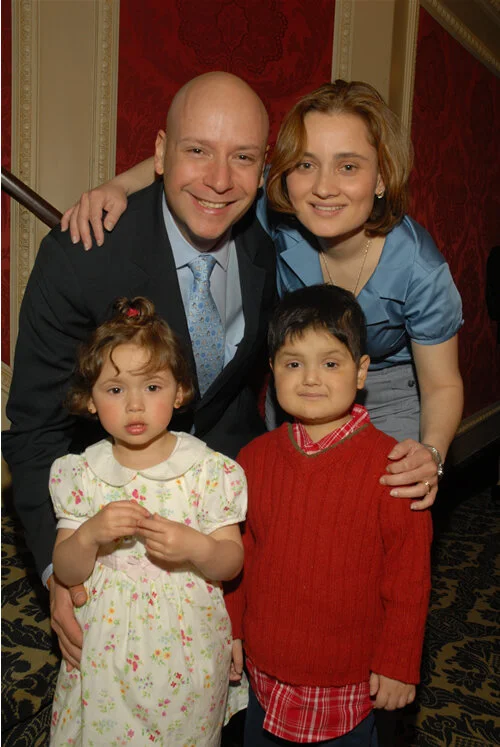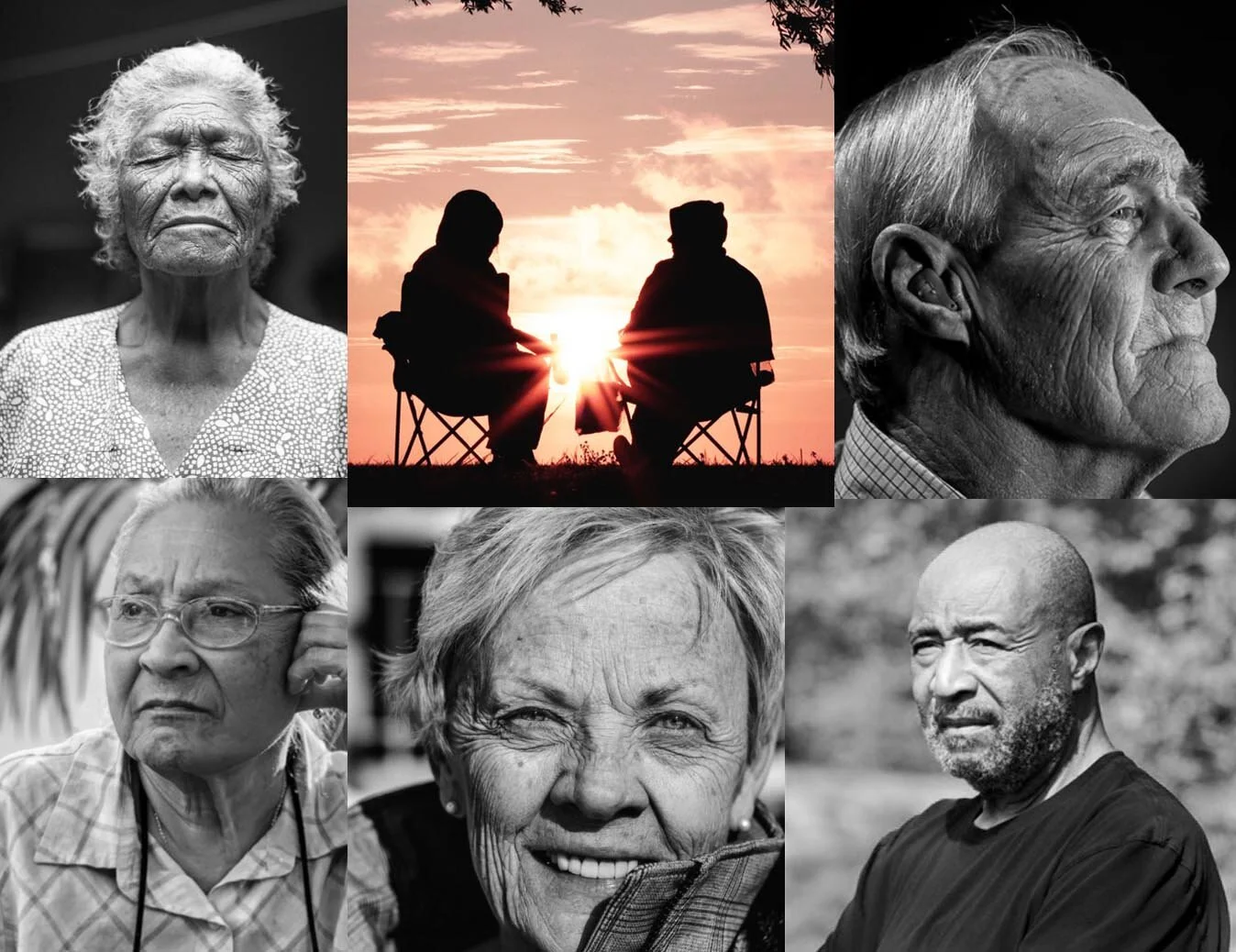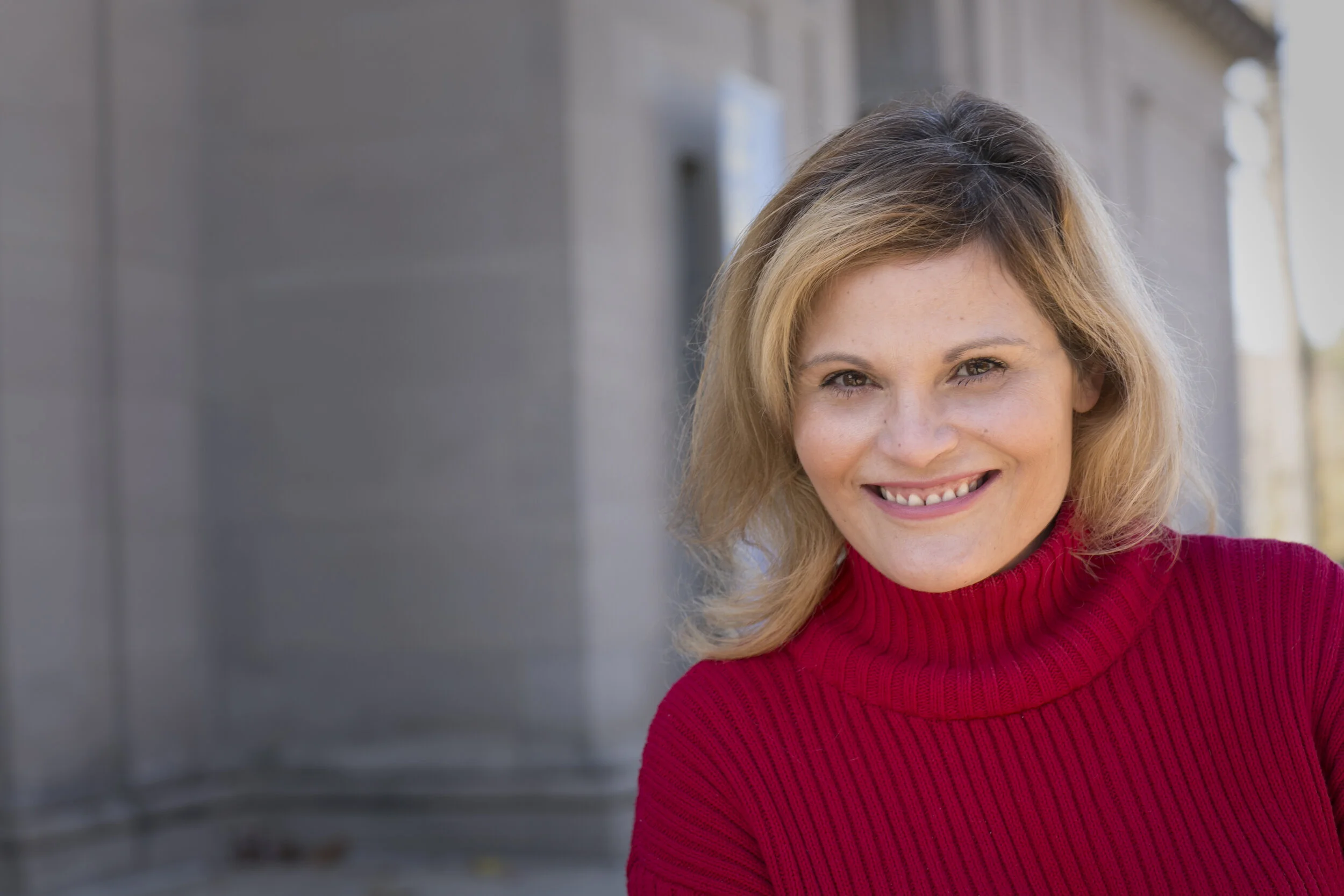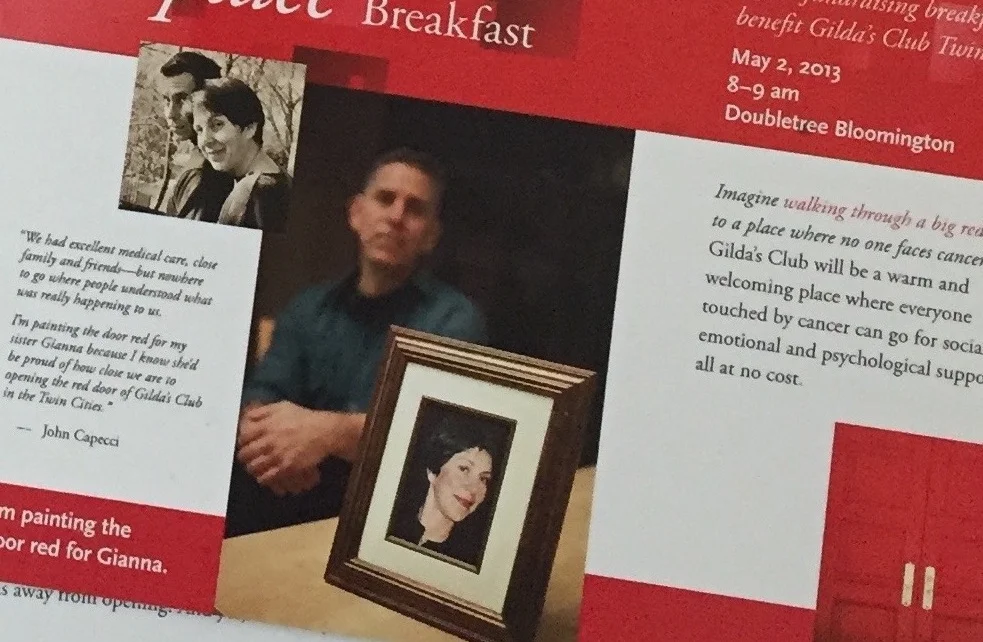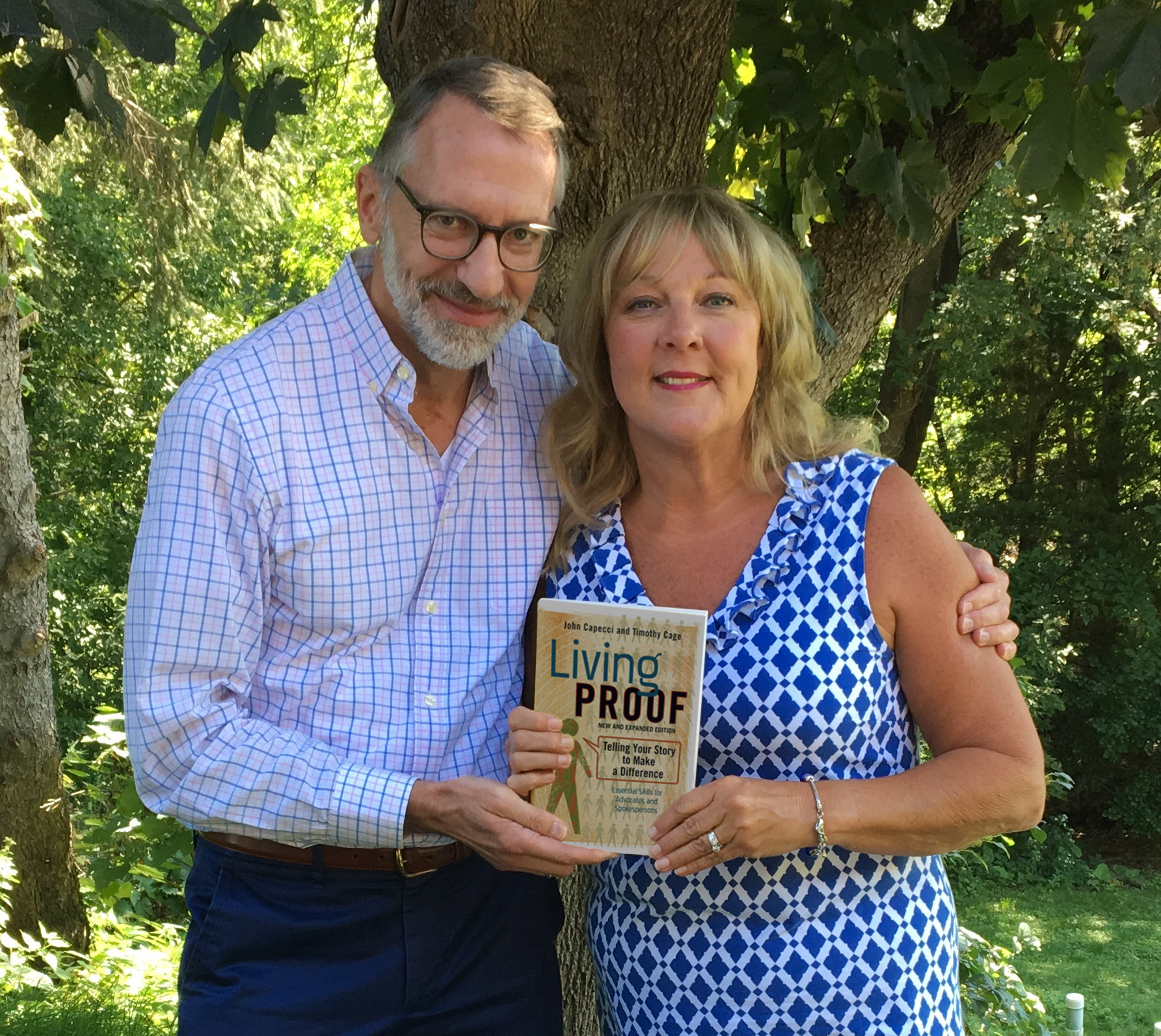Are you a hoarder or do you know someone who is? If so, Mary (last name withheld at her request) would like to help. Mary’s been hoarding—or as she likes to say, “keeping stuff”—for as long as she can remember, but the situation really got out of hand after her mother died.
That’s when Mary took possession of her family’s heirlooms. Between that and the paperwork that accompanied increased responsibility for her father’s finances and healthcare, her “stuff” seemed to double overnight, quickly overwhelming her and the Twin Cities area home she shares with her husband.
While many people in the same situation would hide in shame (although a select few choose to appear on reality TV shows such as Hoarders), Mary has instead taken the brave step of going public by sharing her hoarding—and her recovery—via Clutter Chronicles, a podcast that is an ongoing conversation between her and host Lori Koppelman.
“Mary is sharing her up-til-now very private life to make a difference in the lives of others, whether they themselves hoard, love someone who does or just want to better understand behavior they find mystifying,” says Lori.
Choosing to speak up
The two women began recording their conversations at Lori’s dining room table in the fall of 2016 and released their first episode nine months later.
“I had suffered alone long enough,” says Mary. “So have many others. By sharing my experiences while they’re happening—the good, the bad and the ugly—I hope to show people that hoarding doesn’t define me … or them. I also hope to help people realize that hoarding isn’t a condition or a choice, but the bad fruit of something that has gone awry that can be overcome with patience, time and TLC.”
But going public wasn’t easy. Like many individuals who share their personal stories to advocate on behalf of others, Mary first had to weigh the personal and emotional risks of going public.
She also had to talk with her husband, who was reluctant to have a spotlight shone on their private lives. But Mary was adamant about her need to go public so her story could help others.
A knack for EFFECTIVE storytelling
While sharing her story with Lori and those who listen to the podcast, Mary naturally uses the five qualities Living Proof authors John Capecci and Tim Cage say signal a well-told story. The five qualities are:
Focus: To convey the message that “compassion for hoarders is critical,” Mary links her own childhood trauma and feelings of inadequacy directly to that theme. And in each episode Mary homes in on her intent. Sometimes that’s showing how her story helps dissect the shame that accompanies the disorder. Other times it means zeroing in on a new insight or celebrating an accomplishment.
Pointing to the positive: Mary’s story is often heartbreaking, as when she describes the lengths she must go to let others into her home or how she moves dozens of plastic bins from room to room as she sorts and meticulously prepares items to sell or give away. But as she and Lori remind listeners in each episode, recovery is possible … and Mary is living proof of positive change.
Craft: Mary’s stories feature the fundamentals of good storytelling. They have a beginning, a middle and an end and feature vivid details: a three-foot high pile of linens, stacks of Styrofoam rescued from the trash, a hundred pairs of shoes piled in the bed of her husband’s pickup truck. By using evocative language that engages the head and the heart, Mary shares both “what happened” and “how it felt.” In the process, she invites listeners to join in on her journey from hoarding to hope.
Framing: As Mary notes in Episode #24, she’s sharing her stories in order to “turn hoarding inside out.” That phrase helps frame her storytelling as an educational, instructive act—as opposed to a sensationalized or self-serving confession. And Mary is careful to present her stories as part of her ongoing recovery, not a simplified “hero has slayed the dragon” tale. That’s a frame that resonates with listeners, many of whom have their own “unusual relationship with stuff” and are in various stages of recovery.
Practice: Mary and Lori record each episode of the podcast at Lori’s dining room table, using what Capecci and Cage call “improvisational” speaking, which features a blend of preparation—Mary brings notes to remind herself of the epiphanies and breakthroughs she wants to share—and spontaneity that enables Mary to speak naturally while focusing attention where it should be: on her story, on her listeners and on her goal of helping others understand her journey.
Quiet moments matter
As noted in Living Proof, it’s not always the big, dramatic moments that connect with listeners. Sometimes it’s a small, quiet moment of realization—such as when Mary reveals a middle-of-the-night aha or describes a recent insight.
That happened in Episode #47, when Mary shares the one word she says best encapsulates hoarding. The word? Shame. And the more Mary reduces—or as she says, “unloads”—her stuff, the more she clears the “cobwebs of shame” and the social stigma so often associated with the disorder.
However, the very act of clearing those cobwebs also reinforces and surfaces Mary’s feeling of shame. The same thing happens to other hoarders, often keeping them from seeking the very help they so desperately want and need.
Shame is a powerful silencer. That’s why Mary sharing her story is so important.
By speaking out, Mary helps dismantle the stigma associated with hoarding and offers hoarders precisely what they need: understanding and advocacy from a person who has been there, is taking charge of her ongoing recovery and is committed to making a difference via her story.
If you’d like to learn more about Mary and her journey, subscribe to Clutter Chronicles wherever you find your podcasts. In addition, here are two organizations that also rely on real-life advocates like Mary to help people who have an “unusual relationship with stuff”:
Bev Bachel is a freelance writer who advocates for teens and people 50+. She’s also the author of What Do You Really Want? How to Set a Goal and Go for It! One of her current goals? Reducing her own clutter.
